There are, perhaps, two types of exhibition visitor. Those who read the texts on the walls and those who don’t. Personally, I instinctively tend towards the latter group, which is no doubt often my loss. In the case of Hogarth and Europe at Tate Britain, however, ignoring all the verbiage would be a huge advantage.
This concentrates with anxious obsessiveness on the topics of empire and slavery (with a little condemnation of sexism on the side) and has infuriated several of my colleagues: ‘wokeish drivel’ (Sunday Times), ‘non-aperçus — which range from the crass to the asinine’ (New Statesman), ‘some quite drastic misreadings’ (Observer). Well, I’m not going to dissent from any of those judgments. But on the other hand, if you just look at the pictures hung on the walls, you will find a magnificent sequence of works by Hogarth and also by his contemporaries in France, Italy and the Netherlands.
These carry an interesting art historical implication. Hogarth has branded himself as sturdily insular: a bluff British artist with a patriotic antipathy to all things foreign and particularly French. He gave trenchant visual expression to such feelings in the ‘O, the Roast Beef of Old England or “Gate of Calais”’ (1748), with its ragged, starving soldiers, obese and rapacious friar and other signs of continental misrule (‘a compendium of xenophobic stereotypes’ as Tate puts it).
This line of Hogarth’s was however extremely economical with the verité. The painter was well aware of the artistic world of Paris. Indeed, the magnificent joint of meat in this picture looks very much like a still life by Chardin, whom Hogarth had met in Paris (as the catalogue points out).
Nor did Hogarth have only French connections. In Amsterdam, there was Cornelis Troost, a painter with an intriguingly similar approach already known in the 18th century as the ‘Dutch Hogarth’. More speculatively, the exhibition also brings in Italy. There is no doubt that Hogarth would have been aware of Venetian artists who travelled to Britain, such as Amigoni. Whether he would have been aware of Pietro Longhi, whose art in many ways resembles his own, is more moot.
Most intriguing is the case of Giuseppe Maria Crespi (1665–1747) a marvellous painter from Bologna who created a sequence of pictures narrating the rise and fall of an opera singer decades before Hogarth conceived his ‘Harlot’s Progress’. Most of Crespi’s series is lost but a picture known as ‘The Flea’ (1707-09) may be the first in the sequence showing the heroine’s humble beginnings. This is a highly Hogarthian work in its precise domestic detail and fluent, sensuously delicate brushwork. Whether he ever saw a Crespi is unknown, but clearly Hogarth was affected by contemporaries across the Channel (and vice versa).
On the other hand, he spoke the international language of art with a distinctly English accent. His works have so much plot, in the theatrical sense, that one of them has been turned into a three-act opera (Stravinsky’s The Rake’s Progress).
Ironically, Tate’s argument is not a very woke conclusion. According to the most righteous, nobody should ever borrow even so much as a recipe from anybody else’s culture (‘stay in your lane’). But that, of course, is not how any human activity has ever developed, and certainly not art.
Meanwhile, at Piano Nobile (96-129 Portland Road, W11) there is Sickert: The Theatre of Life: a superb mini-retrospective of an impeccably cosmopolitan artist. The ancestry of Walter Sickert (1860–1942) might have been a winning entry in a competition to include a pan-European individual. His father was Danish-German, his mother the illegitimate daughter of an astronomer from Cambridge and an Irish dancer.
Artistically, his two most important models and mentors were Degas and the French-flavoured American Whistler. Sickert himself spent lengthy periods working in Dieppe and Venice as well as Camden Town and Bath. The result is that Sickert is a major artist whom nobody, either in this country or abroad, knows quite where to locate.
He was, without question, the most significant painter at work in Britain between the death of Turner and the advent of Francis Bacon in the mid-1940s. But he still doesn’t get anything like the acclaim accorded to either of those. Part of the reason is perhaps that he presented an outsider’s view of everywhere, especially London. His Camden Town nudes and interiors concentrate on the frowziness and squalor which have often fascinated travellers, especially the French (Hogarth was good on those too).
Another obstacle is that Sickert was temperamentally and artistically perverse. He liked to rub the viewer up the wrong way; even his brushstrokes often go against the grain. Nonetheless, he was much more than another also-ran impressionist. His nudes, of which there are some fabulous examples in this show, can remind you of Bacon; the late photography-based works seem to anticipate Gerhard Richter. Nearly 80 years after his death, it seems to me he still has not been properly assessed. But this is a good start.
Got something to add? Join the discussion and comment below.
Get 10 issues for just $10
Subscribe to The Spectator Australia today for the next 10 magazine issues, plus full online access, for just $10.
You might disagree with half of it, but you’ll enjoy reading all of it. Try your first month for free, then just $2 a week for the remainder of your first year.

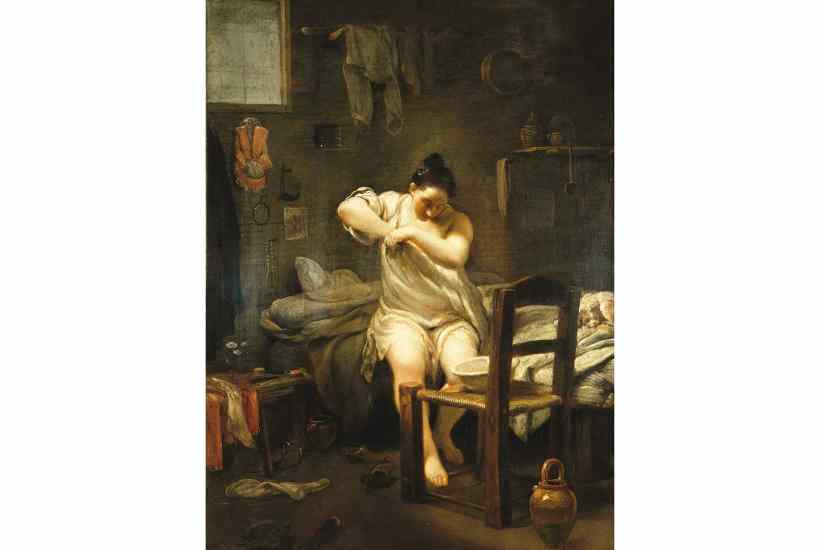
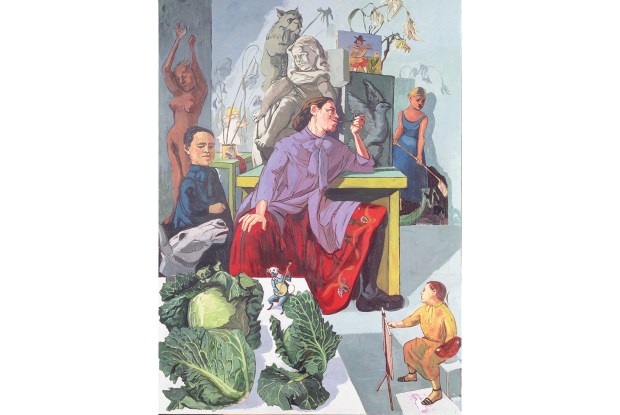
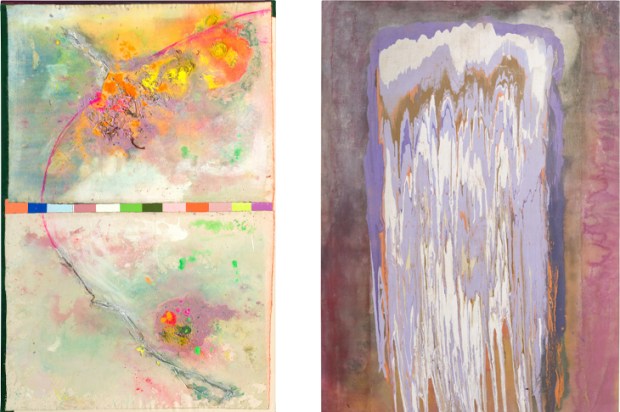
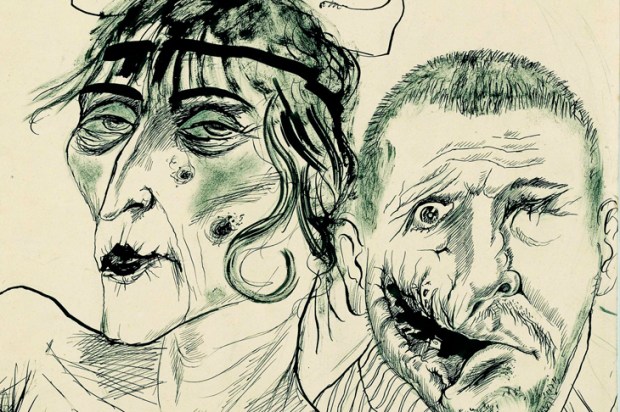
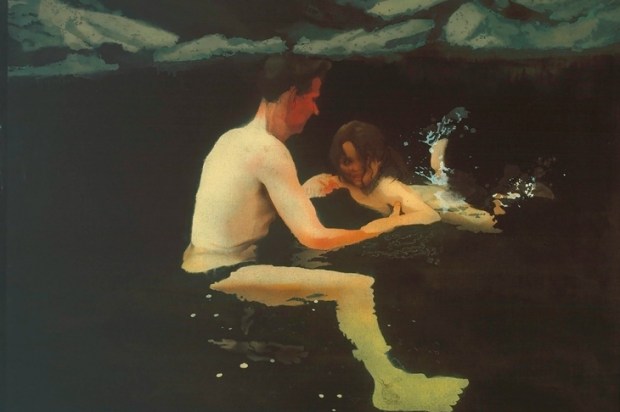
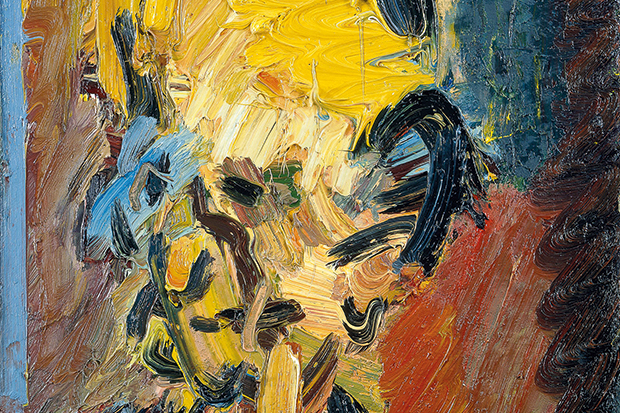
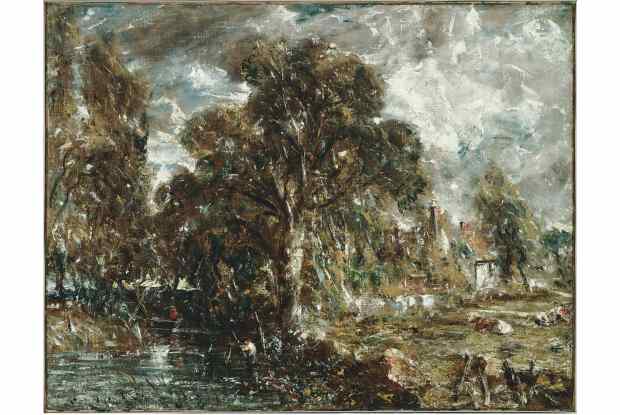






Comments
Don't miss out
Join the conversation with other Spectator Australia readers. Subscribe to leave a comment.
SUBSCRIBEAlready a subscriber? Log in